The internet of things has revolutionized so many parts of our everyday lives. In the home, our appliances are connected devices that allow us to control lighting, order groceries and provide security even when we’re not home. In the world of industry, the smart factory is changing the way that our goods are made. The Industrial Internet of Things (IIoT) allows manufacturers to be more responsive, reacting to changes in customer demands quickly and economically.
The key to these developments is information. The Internet of Things allows machines to communicate directly with each other, forming a network that shares data. However, it would be wrong to assume that this new technology only has a place in the home or the factory.
The Power Grid
There is another revolution happening in the energy sector. How our society generates and distributes energy is changing, led by the development of new technologies coupled with an ever-increasing understanding of the need to protect the environment.

Conventional power grids see energy being generated in vast facilities. Traditional power stations, whether coal, gas or nuclear, benefit from the economies of scale. These huge power stations then feed energy into the distribution grid. This energy is sent over sometimes huge distances using high tension power cables, and converted locally into usable electricity for homes and factories.
The infrastructure is massive, with mile upon mile of above-ground power lines, and brings with it a huge maintenance burden. However, until recently, this was the most efficient way to power a nation.
This costly infrastructure, coupled with its impact on the environment has led many to investigate alternative sources of energy. Some governments are investing in renewable energy – hydroelectric or wind generation – but this does not solve the problem of distribution. The need for miles of cables remains.
Distributed Power Generation
However, modern technology has enabled the development of new sources of power. In contrast to the centralized structure of the conventional power network, small power plants can now be an efficient alternative. Known as distributed energy resources (DER), these power plants are rarely larger than 10 megawatts in size, but use a range of renewable energy sources. These include the familiar wind turbines and solar panels, but also include biomass-fueled power plants and even geothermal sources.
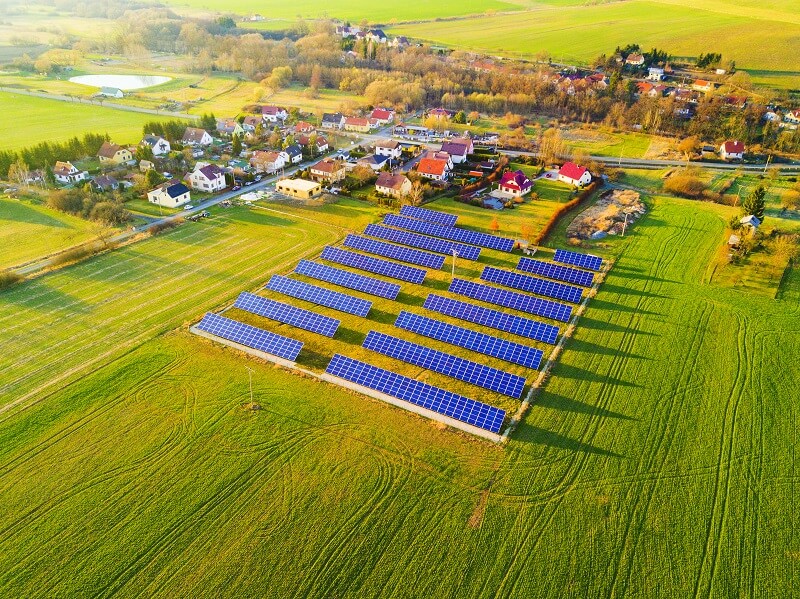
These alternative sources are frequently used to supplement power from the traditional network, and so are often connected to the existing power grid. This, however, causes potential issues. Some of these power sources are uncertain. If the wind isn’t blowing, the wind turbine does not generate. If the sun is not shining, the solar cell is useless. This makes the relationship between supply and demand very complex.
In addition, when the local site is generating plenty of energy, it is possible that the surplus can be traded back to the traditional power grid. This infrastructure was not designed for two-way transmission of power, and there is a potential for damage to be caused by introducing locally generated power. The energy produced in DERs needs to be conditioned to ensure its quality and manage its transmission to the power grid.
Enter the Smart Grid
The technology that powers the Internet of Things has allowed this to happen. The smart grid uses data to control a decentralized power generation network, combining the output of some traditional, large-scale power stations with the local generation capacity of homes, businesses, or communities.
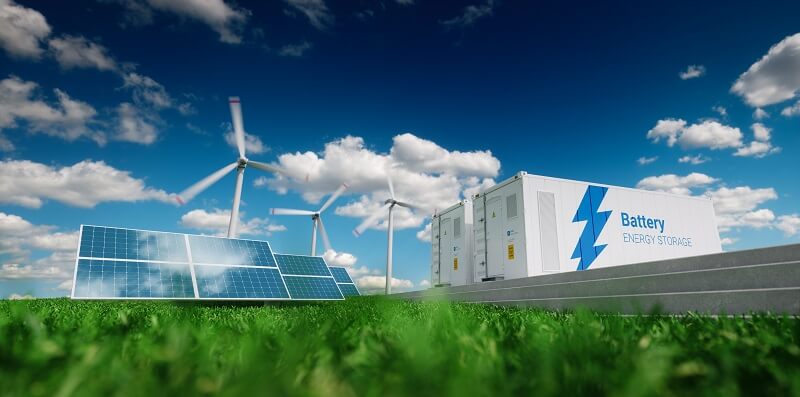
The same technology that lets your refrigerator to talk to your online grocery provider allows DERs to communicate with the rest of the network. In this way, the relationship between the demands of the local consumer and the output of the power network can be managed automatically. The output of DERs can be controlled and synchronized with the supply of power from the power grid.
In traditional centralized networks, consumers are purely passive. They consume power and pay accordingly. The smart grid allows consumers to become truly active participants, balancing their needs in real time with their capacity to generate power locally. When demand outstrips the ability to generate power locally, the consumer can supplement their own generation with power from the network. At other times, a surplus of energy generated locally can be sold back to the network, reducing the consumers costs.
The other benefit of the balance between the local and centralized generation of power is that the infrastructure itself can be reduced. If a community or business supplements its own power needs with distributed generation, the network does not need to carry the entire demand. It can therefore be made smaller, resulting in lower maintenance needs ad reducing the impact on the environment.
As with the smart factory and the connected home, the secure transfer of data has become vital to the implementation of the smart grid. With this comes the demand for connectors that can handle high data rates whilst resisting the harsh conditions experienced by energy infrastructure. Providing the connectivity in this demanding environment requires products that are designed to perform beyond the limits of “normal” data connectors.
Designing for Tough Conditions
The Severe Environment Testing (SET) program tests Samtec connectors beyond the standards employed for traditional commercial products. Created to supply connectors that work in the harsher conditions demanded by many modern industrial applications, the SET program uses tests frequently used in the military and aerospace markets to provide customers with the confidence that their equipment will perform, whatever the environment.
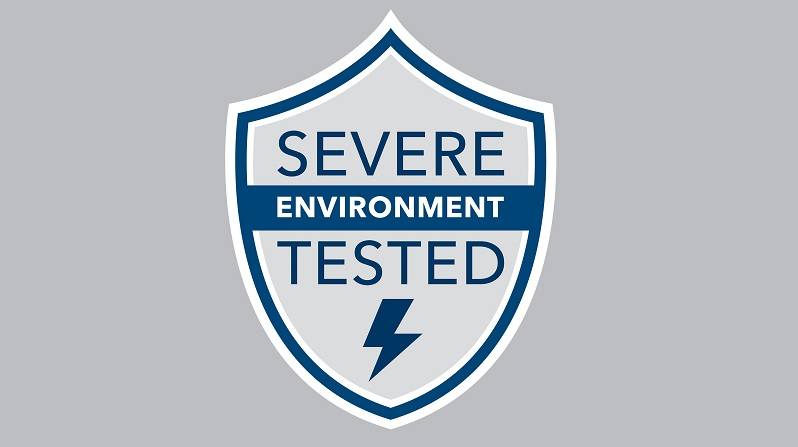
To learn more about the SET program and how it is creating products suitable for the latest smart grid applications, visit the dedicated SET page where you can find details of the testing methods and SET-certified products. The Samtec industrial page has more information about the markets we serve and the products available for the latest smart factory and smart grid applications.
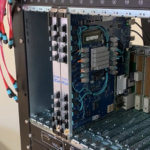
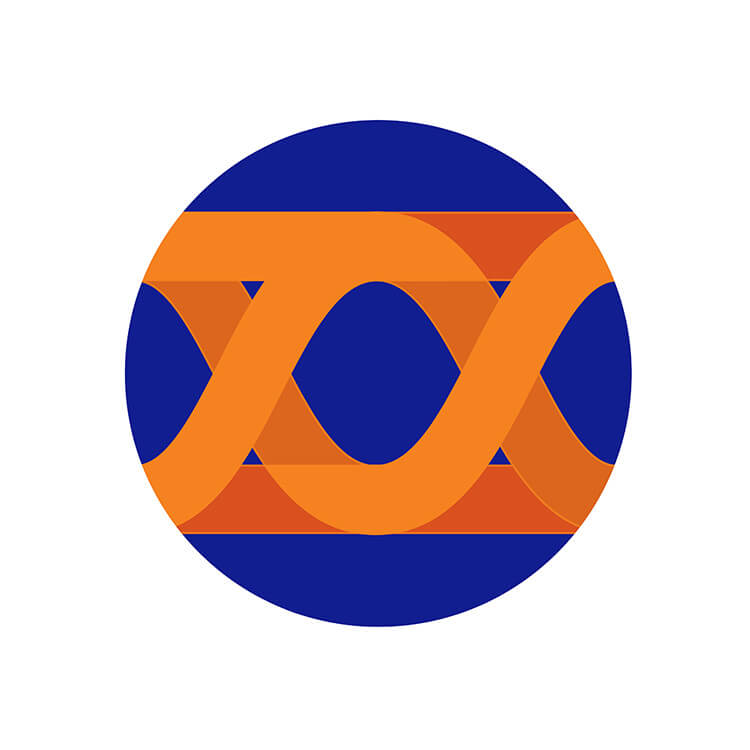
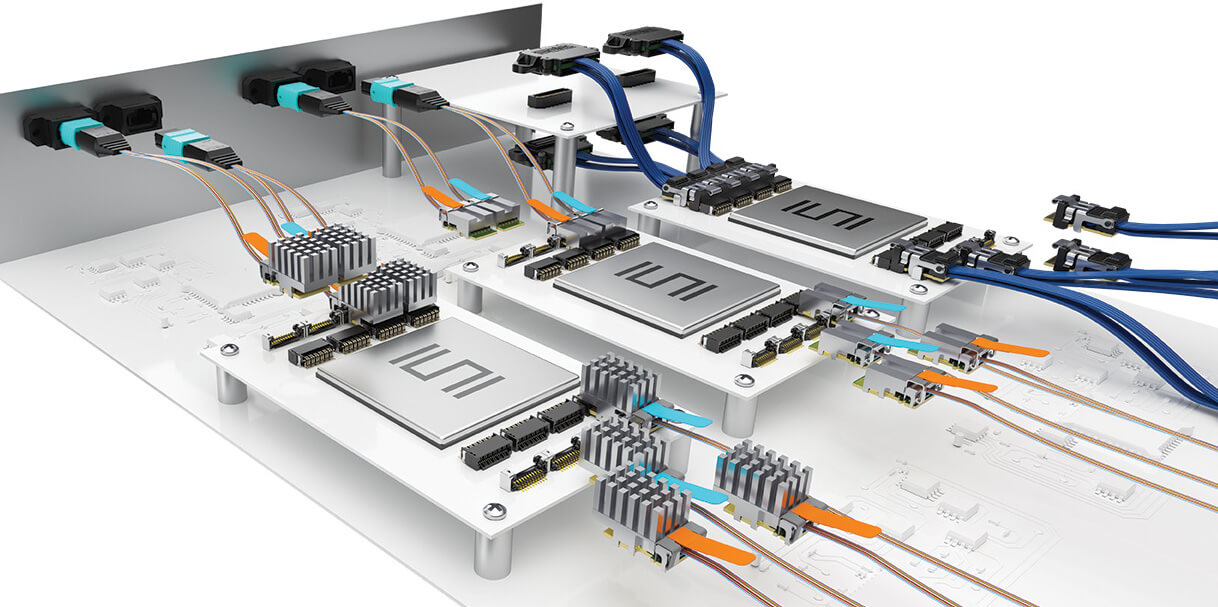
Leave a Reply